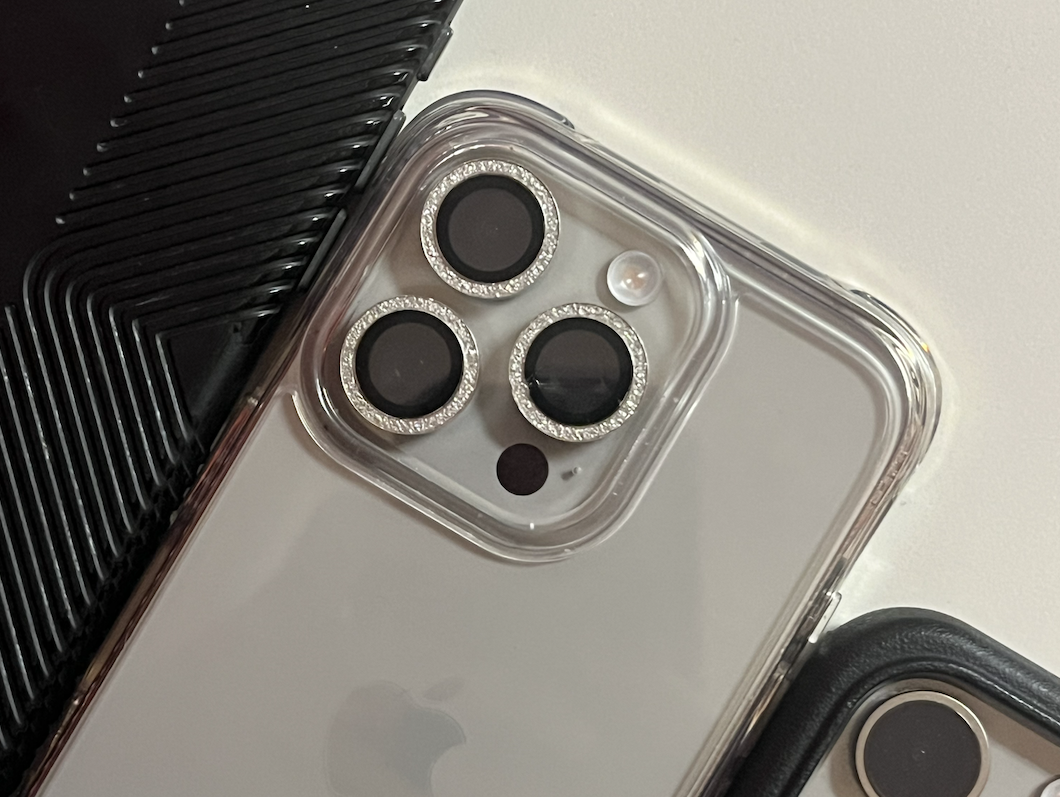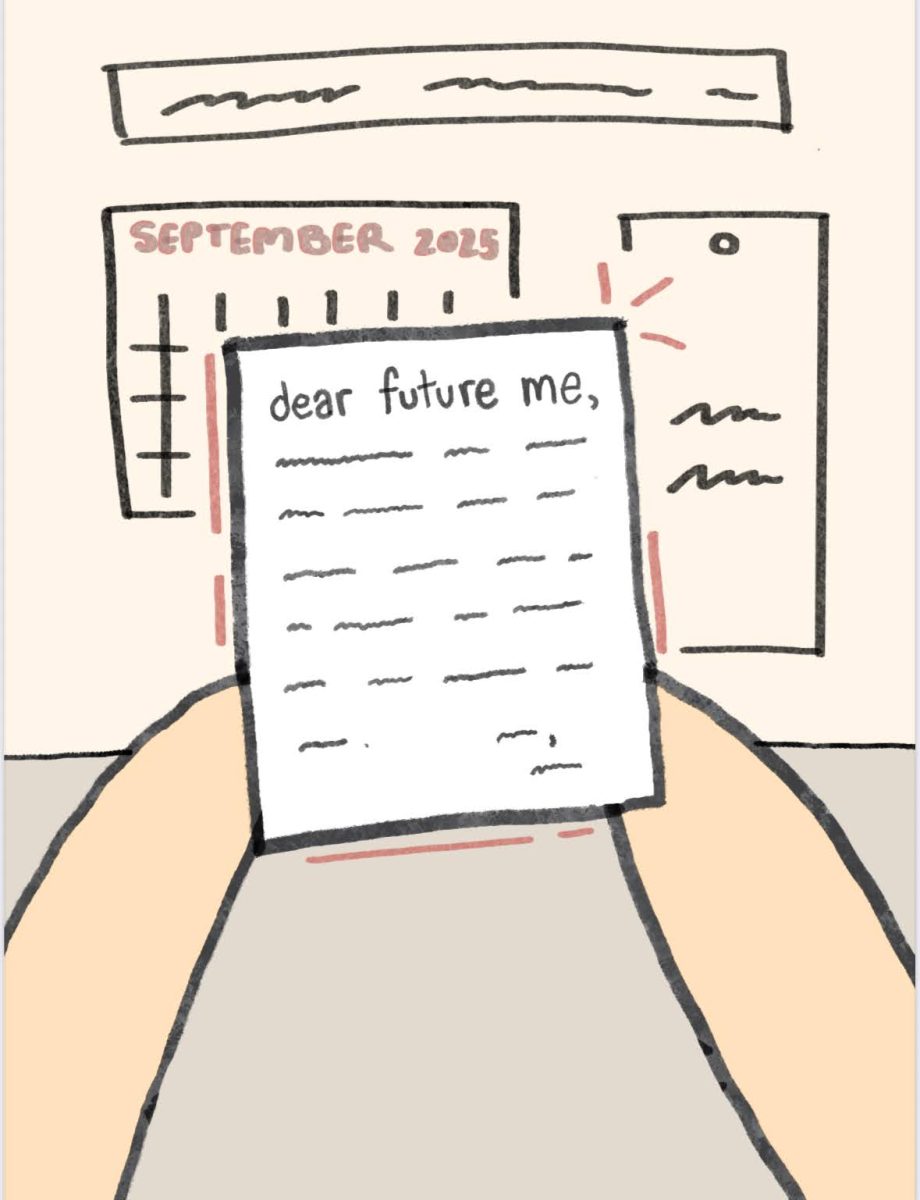Apple finally shook the tree, and the apple fell. The iPhone 17 line lands with real major upgrades, unlike last year. The base model jumps to a 6.3-inch ProMotion display at up to 120 Hz, brighter glass, and the A19 chip. That alone resets the pecking order because last year’s base model crawled at 60 Hz and felt dated next to almost any mid-range Android. This year, the “you need a Pro for smoothness” upsell is gone, and that changes every day feel, scrolling, gaming, even typing, every single minute you use the phone.
The Pro models aren’t a lazy spec bump either. Apple rebuilt the camera stack around three 48-megapixel sensors with the longest “optical-quality” zoom the iPhone has ever shipped(up to 8x), plus ProRes RAW for people who actually edit. A new aluminum unibody and a vapor-chamber cooling system aim at sustained performance, not just pretty benchmarks in the first five minutes. Early hands-ons say gaming holds frame rates better; we’ll see what testing proves, but the direction is right.
Every iPhone 17 gets Apple’s new N1 networking chip with Wi-Fi 7, Bluetooth 6, and Thread, paired with Apple’s own C1X modem on select models. That sounds like alphabet soup until you remember AirDrop failures, unstable hotspots, and smart-home flakiness. Integrated radios mean tighter control over those pain points across phone, laptop, and home. This is the kind of plumbing that compounds; boring on launch day, transformative over two years.
Design is louder than usual. Apple retired the Plus and introduced the iPhone Air: a 5.6-millimeter slab that looks impossible until you pick it up. It’s thinner, still fast, and priced at $999, which puts it squarely in the “design flex” lane. It also sets a new industrial baseline that makes the standard 17 look like the value play at $799, while the 17 Pro and Pro Max push camera and thermal headroom for people who actually stress their phones. Preorders start this week, in-store next week.
Now the part everyone argues about: has Apple slowed down on innovation? On hardware, not this cycle. Apple finally delivered a broader 120 Hz rollout, a visible industrial redesign, bigger sensors with longer zoom, better thermals, and its first across-the-line in-house networking chip. That is movement, even if they are late to the party, unlike Android.
Where Apple still lags is in intelligence. The event leaned product, not assistant. There was no meaningful leap for Siri as a real agent, no system-wide “do the task, not open the app” moments that Google is trying to normalize. Even mainstream coverage flagged the light AI story. That gap matters because the next leg of smartphone value isn’t another 10 percent on a CPU; it’s software that anticipates your needs and accomplishes them. Apple’s privacy policy and on-device silicon give it a win here, but the company still hasn’t turned that into a daily assistant you trust with multi-step work, look Google or Samsung.
So, how does iPhone 17 stack up against iPhone 16 in real life, not spec sheets? The base 17 is the one most people will feel within a minute: smoother scrolling, brighter outdoors, and stronger glass. Last year, the story around the base 16 was a great phone but slow compared to Android. This year, the default iPhone finally feels premium by default. The Pro models move from “better camera sometimes” to “different class” for sustained performance and long zoom. If you shoot video, game hard, or multitask like a maniac, those thermal and camera gains stop being theoretical and start saving shots and frame rates. Prices are familiar—$799 for iPhone 17, $1,099 for 17 Pro, $1,199 for Pro Max—with the Air slotted at $999 for people who want the thin statement without giving up speed.
The upgrade math is straightforward. If you’re on a 16 and you obsess over fluidity or you’ve ever cursed AirDrop at a crowded event, the base 17 is a legitimate step up. If you own a 16 Pro and your phone is a camera or a console first, the 17 Pro buys you headroom that you will use. If you’re casual, your 16 still has legs; iOS support and battery health will carry you. And if you’re tempted by the Air, be honest about priorities: thinness is a delight, but the standard 17 is the better value unless you really want that silhouette.
Zoom out. Apple’s old formula, tight silicon, world-class cameras, and unmatched ecosystem lock-in, still prints. The risk isn’t that the phones got stale. They didn’t. The risk is that “smartphone” gets redefined by assistant behavior, not megapixels, and Apple arrives late to its own advantage. If a bigger Siri brain lands in the iOS 26 cycle and actually works across Phone, Watch, Mac, and Home without feeling like a demo, the iPhone 17 line will age beautifully because the hardware baseline is finally there. If not, expect the narrative to drift back to “nice phone, missing the point.” And as of right now, Google is winning the race.










